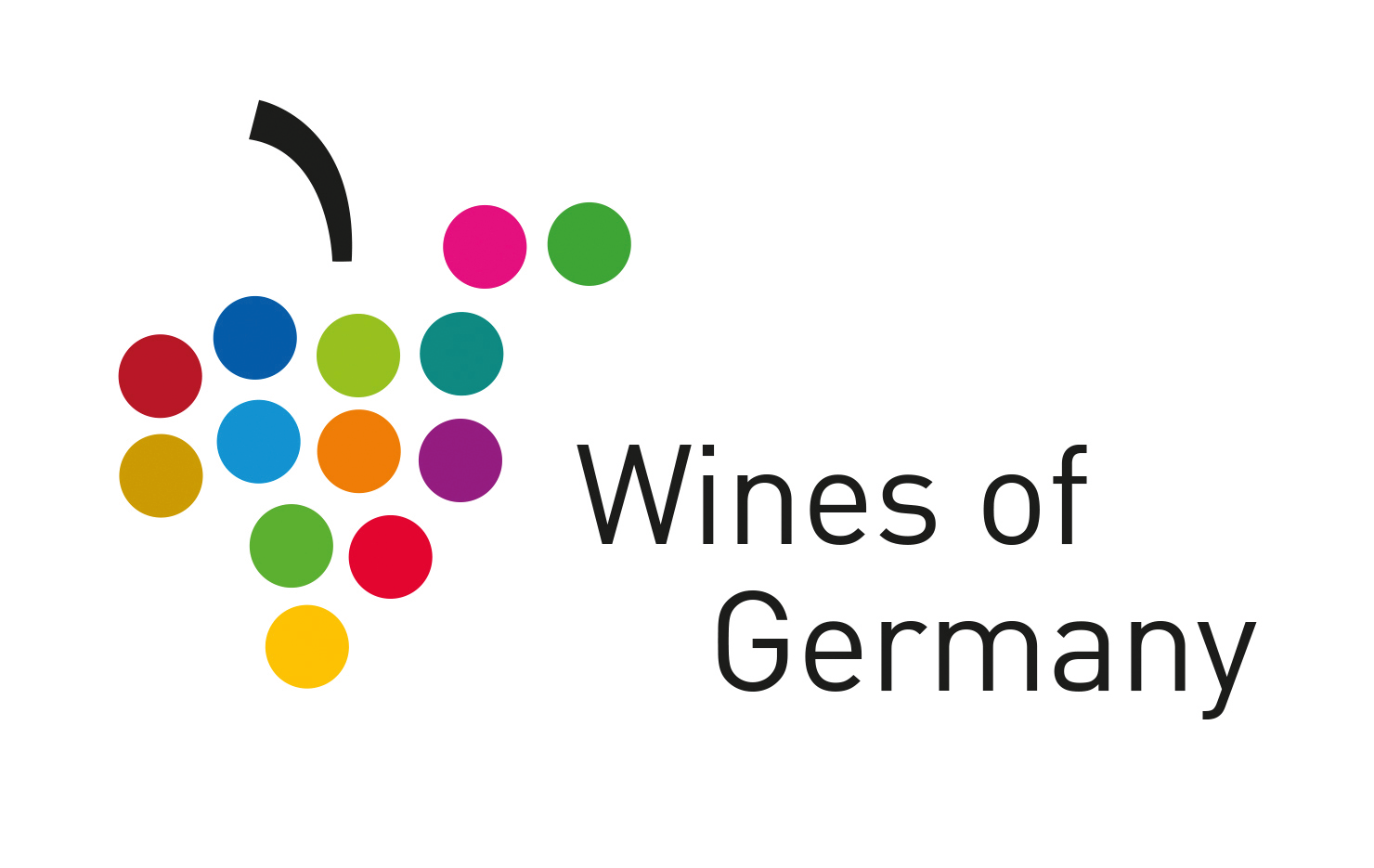The Rheingau is one of the most distinguished wine regions of the world. Moving from east to west, the fairly flat, dimpled landscape evolves into progressively steep slopes. It is a quietly beautiful region, rich in tradition. Early on, its medieval, ecclesiastical and aristocratic wine-growers were associated with the noble Riesling grape and, in the 18th century, were credited for recognizing the value of harvesting the crop at various stages of ripeness — from which the Prädikate like “Spätlese”, or special attributes that denote wines of superior quality, evolved. Today, the world-renowned oenological research and teaching institutes in Geisenheim have contributed significantly to the extraordinarily high level of technical competence in the German wine industry. Two grape varieties predominate in the Rheingau: Riesling (80 %) and Spätburgunder (12 %). The former yields elegant wines with a refined and sometimes spicy fragrance; a fruity, pronounced acidity; and a rich flavour. Spätburgunder (Pinot Noir) wines are velvety and medium- to full-bodied, with a bouquet and taste often compared with blackberries.


